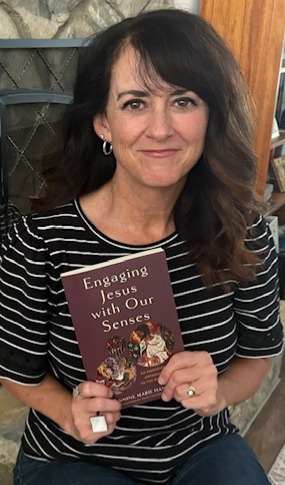No matter how long someone has walked with Jesus, there is always more to discover about who he is and how we relate to him. For Dr. Jeannine Hanger, associate professor in 91∆Þ”—‚Äôs Talbot School of Theology, this truth comes alive through a fresh approach to Scripture ‚Äî one that explores the sensory experiences embedded in the Gospels. In her book Engaging Jesus with Our Senses, Hanger invites readers to consider how people‚Äôs embodied lives can deepen their connection with Christ. Read more to learn about her inspiration to write a book about the uniqueness of human characteristics and their ability to help people draw near to God.

What inspired or influenced you to research and write about the experience of engaging with Jesus using our senses?
I have had a long-time interest in understanding better our union with Christ. To that end, my doctoral studies focused on the I am sayings in the Gospel of John, exploring their sensory qualities. For example, Jesus says, "I am the bread of life," and this bread eternally nourishes those who eat it. Is there anything we learn from physical hunger and nourishment that we can map to our understanding of being nourished by Jesus, the bread of life? This research was the impetus for writing my book Engaging Jesus with Our Senses, which
 91∆Þ”—
91∆Þ”—.jpg)